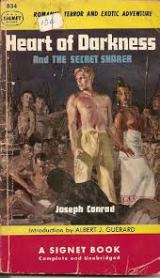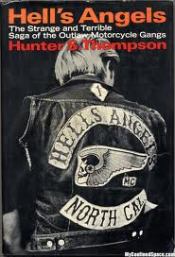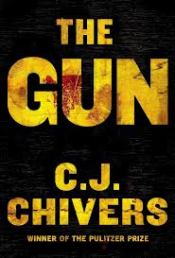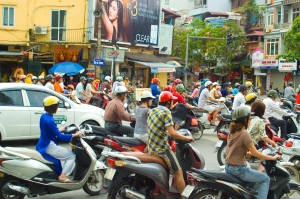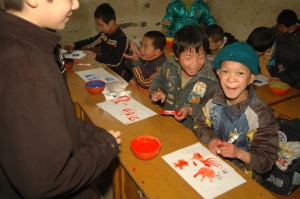Today’s discussion focused on tech implementation in the classroom, and what strategies might work for struggling readers. The article I read was on digital storytelling, which I had a little bit of background in when I worked as a reporter. The article focused on the improvements that three students made after being exposed to digital storytelling methods.
In order to effectively use this as a tool for improving writing, the teacher needs to have some ground-rules or at least some explicit parameters and expectations. There is also a significant learning curve for the teachers, especially if using tech in the classroom is a new idea. I have been fortunate at my school because we have a well-established 1:1 MacBook program, and many of the students are quite adept at using the tools on the laptops. I have had to consult students for help with programs like iMovie and QuickTime, so when I’ve designed a project for the class I find many of the kids quite engaged because we are accessing skills they feel confident with.
In designing their projects the students need to keep process journals. They also need to construct a script for their presentation, and if necessary a storyboard. A good digital storytelling presentation should have the following seven parts: point of view, dramatic question, emotional content, economy, pacing, voice, and soundtrack (though you could amend parts of this and still have a decent project). Having these elements not only creates a more compelling narrative, it provides organization for staying on task. It also gives students with skill-sets other than writing to shine in their work.
The groups were a bit rushed today because of the graduation rehearsal and afternoon presentations, but overall we had a pretty useful discussion. What I found even more fun though were the tools for presentation that Jim Lattanzi put on our class wiki. I had a lot of fun playing around with a couple of the modules, and look forward to talking to the tech guys at our school to see what we already have and to see what we can use. I have to say that the process of blogging during this course was really a good way to get our thoughts out in a genuine way. Not that we don’t edit what we think before typing it down. I will continue to promote that when I get back to my classroom.



